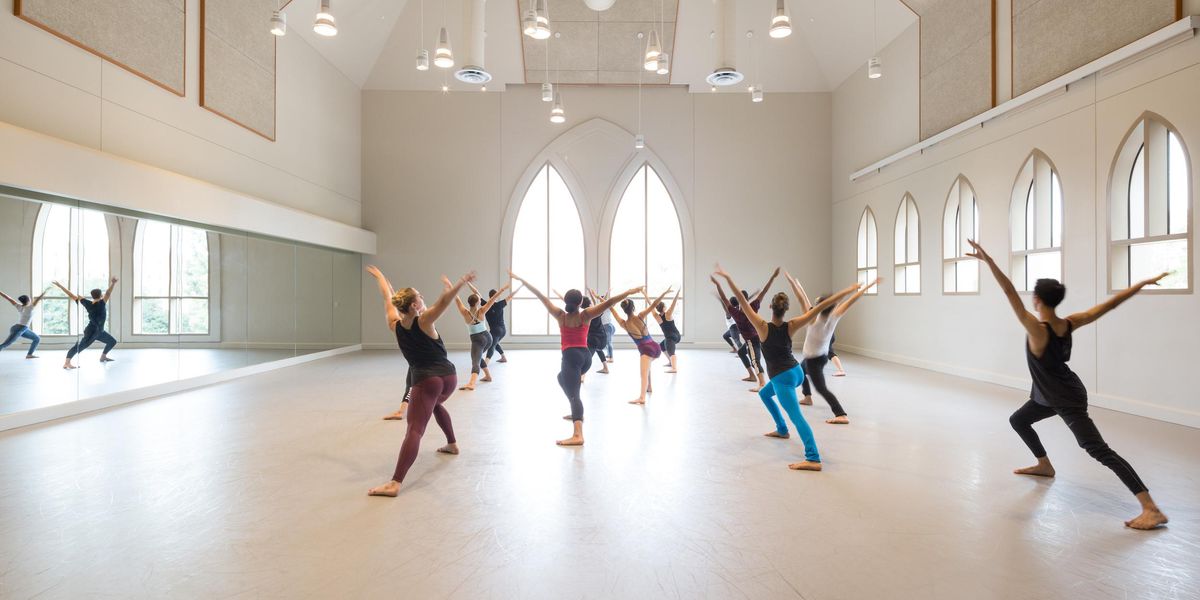Your Body: The Bone Bank
It’s risky when you don’t make deposits.
Dancers often take missing a period lightly; it can even seem convenient. But when amenorrhea (skipping a period for at least three months) combines with poor nutrition and intense exercise, it puts dancers’ bone health at risk. “By the age of 18, almost 90 percent of a woman’s bone is built,” says Bridget Quinn, MD, a sports medicine physician in Boston. “These are the years to stock your bone bank for life.”
Amenorrhea is one symptom of the Female Athlete Triad. The triad creates a domino effect, says Nancy Clark, a sports nutritionist based in West Newton, MA, since estrogen, which is released during menstruation, plays a key role in building bone density. “The low energy intake leads to amenorrhea, which leads to poor bone health, which leads to stress fractures,” says Clark. “Generally, under-eating triggers a cascade of events.”
While dancers may be familiar with the triad, few realize that the damage it causes can jeopardize a dance career. To drive their message home, dance medicine professionals have started using the “bone bank” metaphor. Imagine a bank account that you can only deposit money in for a certain amount of time, but that money needs to last the rest of your life. Young women have only a few years to build bone, and they coincide with the most crucial ones in a dancer’s training and development. By their early 20s, most dancers’ skeletal structure has finished developing. If the bone bank gets depleted, stress fractures are only the start. Later in life, the troubles can multiply with irreversible osteoporosis, a debilitating bone disease.
When a dancer loses her period, a physician needs to find out why, and screen for other potential causes, like thyroid malfunction and hormonal imbalance. If the Female Athlete Triad proves the culprit, it’s critical to treat it as soon as possible.
Fixing the Problem
Amenorrhea usually can be addressed with a modified diet and exercise schedule. Dancing a full schedule without a period is detrimental in both the short and long term, since the body is more prone to injury. Taking contraceptive pills to restore your cycle does not address the underlying problem. “The birth control pill is a Band-Aid,” adds Clark. “The dancer needs to eat enough so that her body is able to function normally.”
Nutritionists like Clark do not see weight as the core issue. “It’s not about being too thin, but the cost of being too thin,” she says. “It could be a matter of adding just 300 to 500 calories a day. When you under-eat, the body goes into hibernation, conserving energy, which will shut down menstruation.”
Getting the Right Calories
Simply shifting what you eat, rather than how much, can make a difference. Clark suggests increasing calcium intake, recommending calcium-rich foods like milk, yogurt, or cheese at each meal and snack, up to four servings a day. Try Greek yogurt, or adding whole milk to your morning oatmeal.
Protein also aids the body in recovery. “It helps build muscles, which tug on the bones, making them stronger,” says Clark. She also recommends getting some good fats from olive oil, nuts, and peanut butter.
The Bottom Line
Quinn and Clark urge dance educators to explain the bone bank theory to younger dancers. Quinn wants dancers to think about building bone as they do technique. “As dancers begin to increase their training, their bodies are also laying down the bone necessary to get them through the rest of their lives,” she says. “Dancers who do not get their menstrual cycle may not be able to reverse the effects.”
Nancy Wozny writes about health and the arts from Houston.
Multi-Faceted
Not only do multi-vitamins help you get your minimum daily requirement of Vitamin B, C, and essential minerals, a new study shows that taking one a day decreases your risk of cancer. Researchers at Brigham and Women’s Hospital in Boston found a daily multi-vitamin correlated with an 8 percent cancer reduction—a modest but significant decline. Though multi-vitamins can’t replace a balanced diet with lots of fruits and vegetables, they have few side effects. So a one-a-day regimen can make sense as a supplement during a busy dance season.
Sometimes, You Feel Like a Nut (Butter)
Nut butter is having its day as a healthy boost. The combination of protein and carbs means big energy fast. But no one wants to carry a jar of peanut or almond butter around in their dance bag. Luckily, several companies now offer single packet servings. These run about 90 calories and $15 for a 10-pack. Tasty options include Barney Butter Almond Butter, or Justin’s Honey Almond or Classic Peanut. Pop one in your bag for a quick snack during a busy dance day.




